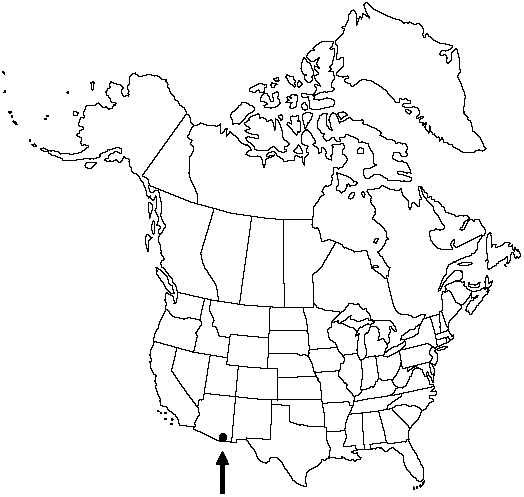Asplenium exiguum
Ferns S. India plate 146. 1864.
Roots not proliferous. Stems erect or ascending, unbranched; scales black throughout, narrowly deltate, 2–3 × 0.2–0.3 mm, margins mostly with widely spaced, shallow teeth. Leaves monomorphic. Petiole dark reddish brown throughout, dull, 1–3 cm, 1/10–1/6 length of blade; indument of black filiform scales. Blade lanceolate, 2-pinnate to 2-pinnate-pinnatifid, 4–10 × 1–3 cm, thin, sparsely pubescent; base tapering; apex acute to acuminate, often bearing minute, scaly, proliferous bud. Rachis basally reddish brown, fading to green in distal 1/2 to 3/4, dull, sparsely pubescent and with a few filiform scales. Pinnae 10–20 pairs, narrow, oblong; medial pinnae 5–12 × 4–7 mm; base acute to obtuse; margins coarsely incised; apex notched, bearing proliferous bud. Veins free, obscure. Sori 1–4 pairs per pinna, on both basiscopic and acroscopic sides. Spores 64 per sporangium. 2n = 72.
Habitat: Cliffs
Elevation: 1200 m
Distribution

Ariz., Mexico, Asia in the Himalayas, Pacific Islands in the Philippines.
Discussion
Asplenium exiguum has an interesting disjunct distribution, its range barely extending into the United States. Its vegetative propagation by buds scattered on the blade was reported by J. T. Mickel (1976).
Selected References
None.